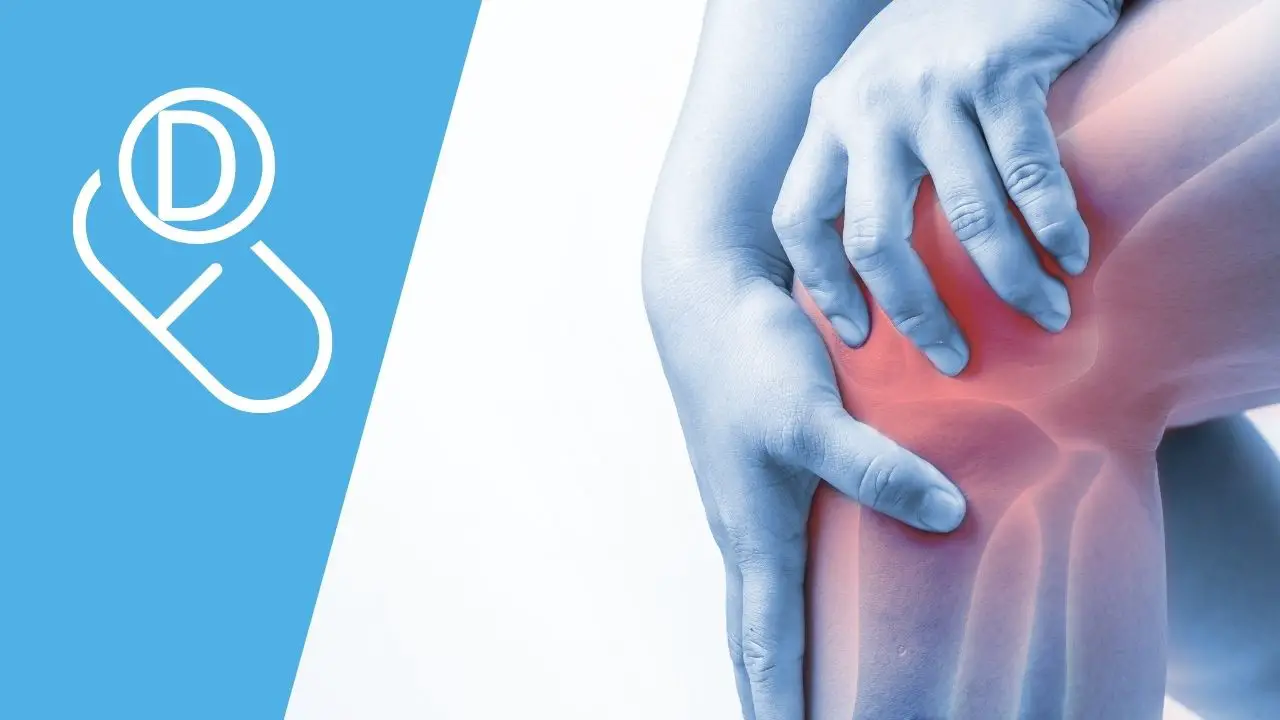In this article we explain the lack of vitamin d, reasons and symptoms and much more.
80 to 90 percent of the vitamin D necessary for health is produced in the skin.
Those who are regularly in the sun can ensure sufficient vitamin D production at least from April to September.
Vitamin D is important for the bones and other metabolic processes in the body. This post provides an overview of the risk factors, prevention, symptoms, and treatment of vitamin D deficiency.
Table of Contents
The important thing here is:
- Exposing the face and hands to sunlight for 5 to 25 minutes several times a week. The duration depends on the skin type, the month, the time of day.
- Several short sunbaths are recommended.
- As a rule, everyday activities such as commuting to work or school or other outdoor activities are sufficient.
- Avoid sunburn, but do not use sunscreen. These reduce the synthesis of vitamin D.

What is Vitamin D Deficiency?
The human body needs some substances that it cannot produce itself or cannot produce on its own. Among other things, this includes vitamins. One group of these are the calciferols: They are also known as vitamin D.
Humans can only produce these substances when they directly expose to the UV-B radiation of sunlight. In northern regions, people therefore often lack vitamin D in the winter months – between October and April, for example.
With a vitamin D deficiency, the body cannot absorb calcium from food. This is why a vitamin D deficiency leads to decalcification and ultimately softening of the bones.
When toddlers don’t get enough vitamin D in the first few months of life, their bones bend and their wrists swell. Then one speaks of rickets. However, this disease can also occur for other reasons: A phosphate deficiency or genetic causes can also lead to rickets.

One cause of the vitamin D deficiency in winter: Too little sun
In winter, in our latitudes, there is not enough sunlight to produce enough vitamin D. However, the body can store it, which contributes to a certain extent to the supply. The prerequisite is that you have been in the sun enough in summer. How long these reservoirs remain full and whether they will last until spring, there are different statements.
In addition, it is therefore important in the dark season
- to pay attention to a vitamin D-rich diet. The German Nutrition Society (DGE) recommends eating fatty sea fish once or twice a week
- To go out into the fresh air regularly during the cold season, preferably with your face and hands uncovered.
- If in doubt, if you have symptoms and before resorting to vitamin supplements, seek advice from your doctor.
We recommend read our previous article ► Best 15 rich protein sources
Table: foods with vitamin D.
Certain foods can provide a small amount of the necessary vitamin D. Below is a selection. (Vitamin D content in micrograms per 100 grams; the values can vary greatly depending on the origin of the product)
| Food | Vitamin D content |
|---|---|
| herring | up to 25 µg |
| Wild salmon | up to 25 µg |
| Farmed salmon | up to 6.25 |
| egg yolk | up to 6.25 µg |
| Whole chicken egg | up to 5 µg |
| Chanterelles | up to 5 µg |
| Mushrooms | up to 1.25 µg |

What is the daily requirement for vitamin D.
| Population group | Daily requirement |
|---|---|
| Infants in the 1st year of life | 10 µg |
| From the 2nd to the 60th year of life | 15 µg |
| Pregnant and breastfeeding women | 15 µg |
| From 60 years | 20 µg |
Vitamin D deficiency values: From when there is a deficiency
A blood test can be used to determine whether someone has a deficiency. The content of 25-hydroxyvitamin-D (calcidiol) is determined. If the concentration is below 50 nanomoles per liter of blood serum (nmol / l) one speaks of vitamin D deficiency according to the Federal Office of Public Health (BAG). A distinction is made between undersupply (concentrations between 25-49 nmol / l) and severe vitamin D deficiency (below 25 nmol / l). If the value is below 25 nmol / l, therapy with vitamin D preparations is generally recommended.
Why not everyone has to have a vitamin D test
Blood tests are only available if there is a higher risk of vitamin D deficiency and are not generally recommended as preventive tests. They are also useful for older patients who have suffered a fall. It is controversial that the tests are now being carried out on a large scale and as a standard.
What are the symptoms of a vitamin D deficiency?
Doctors speak of vitamin D deficiency when people have not been supplied with vitamin D for a long time that they show some of the following symptoms:
- Bone pain
- Deformations of the bones, especially the ribs, legs and spine
- Broken bones
- Swelling at the junction of cartilage and bone
- Softening of the back of the head
- Delayed closing of the fontanel in young children
- Muscle weakness
- Susceptibility to infections
Those at risk of becoming vitamin D deficient
Those who rarely spend time outdoors have a higher risk of vitamin D deficiency. This mainly affects immobile, care-dependent and very old people as well as people with dark skin and people who are only covered in the open air for cultural or religious reasons. People who live or work in bright rooms can also be affected – because panes of glass keep UV radiation out.
- People with dark skin; they need more UV light.
- Old people; with increasing age, the body produces less vitamin D.
- Obese people, presumably because of the higher absorption of vitamin D in adipose tissue.
- Pregnant women
- Newborn. In the first year of life, you will always receive vitamin D supplements to prevent rickets.
- People who wear full body clothing for cultural / religious reasons.
- People who are tied to the house because of illness or need of care and who avoid the sun.
- Patients with chronic kidney failure or chronic liver disease.

How can we prevent vitamin D deficiency?
In order to get enough vitamin D, the German Society for Nutrition recommends exposing the face, hands and parts of arms and legs to the sun for 5 to 25 minutes, depending on skin type and season. The duration should be doubled in the morning from 10 a.m. to 12 p.m. and in the afternoon from 3 p.m. to 6 p.m.
How do you treat vitamin D deficiency?
A proven vitamin D deficiency that cannot be compensated by sunlight and diet is treated with tablets. Most patients receive calcium at the same time.
How is vitamin D deficiency diagnosed?
There are several diagnostic methods available to doctors who suspect a vitamin D deficiency. This includes:
- the questioning about the occurrence of typical symptoms, habits such as eating and exercising in the fresh air, taking medication, illnesses in the family
- the physical exam
- Blood collection and laboratory examination
- an x-ray of the hand in children to identify possible deformation of the joints
Vitamin D supplements: capsules, tablets, drops
Vitamin D supplements should only be taken if a deficiency is found and after consultation with the doctor. Because an oversupply can be dangerous. A prolonged intake of more than 100 micrograms of vitamin D per day is a cause for concern. Vitamin D supplements come in various forms such as capsules, tablets and forms.
Excessive doses can lead to the following symptoms:
- Arrhythmia
- weakness
- fatigue
- a headache
- nausea
- Vomit
- Impaired consciousness
- Long-term overdose can also lead to kidney stones and kidney failure.
The body’s own vitamin D production regulates itself; an overdose is impossible. However, experts warn against taking vitamin D on your own from various sources – fortified foods, dietary supplements, pharmaceuticals – at the same time.




[…] You may are interesting in What symptoms lack of vitamin d […]
Can you be more specific about the content of your article? After reading it, I still have some doubts. Hope you can help me.
Thanks for sharing. I read many of your blog posts, cool, your blog is very good.
Thanks for sharing. I read many of your blog posts, cool, your blog is very good.